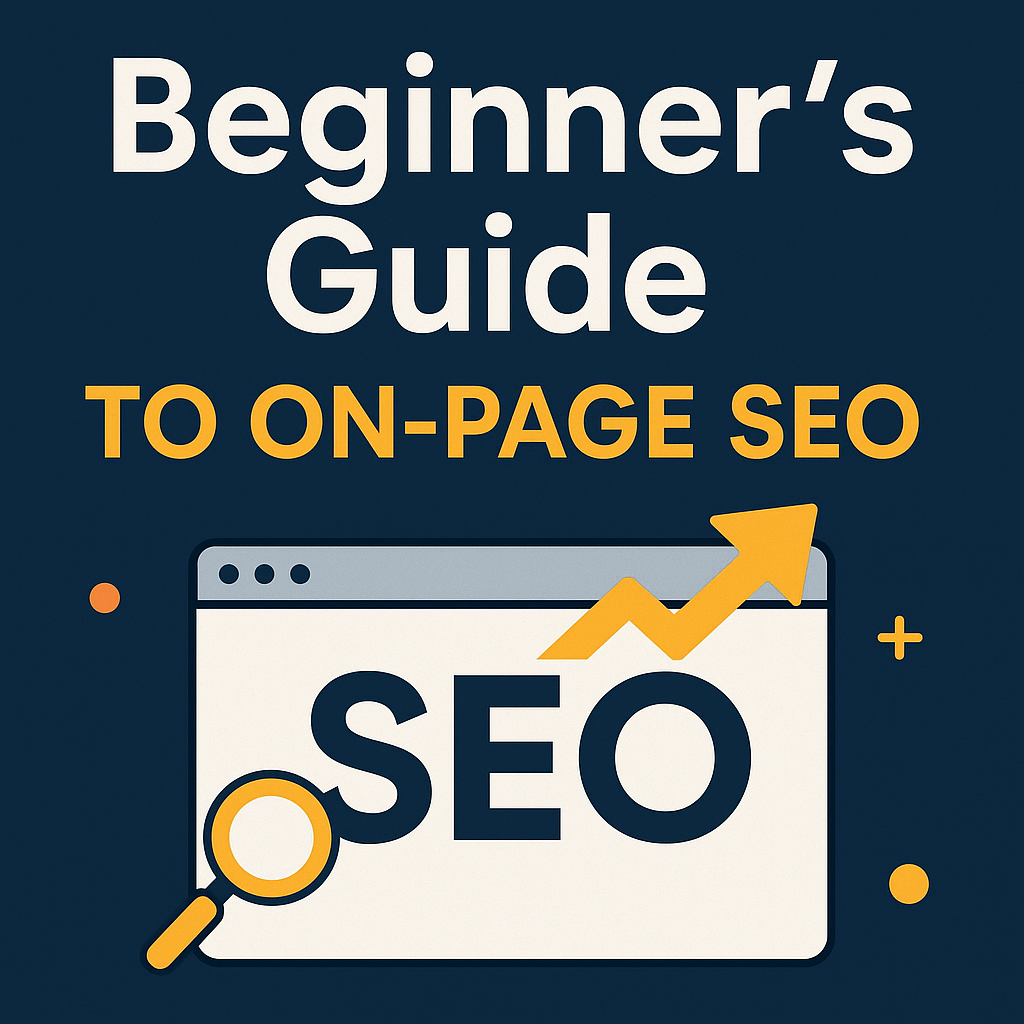Search engines evolve rapidly, and so must your website. In 2025, technical SEO has become a core component of building a high-performing online presence. It addresses all the non-content elements that affect your site’s performance in search engines—from site speed and mobile responsiveness to crawlability and security.
Understanding Technical SEO
Technical SEO is the practice of optimizing your website’s backend structure so that search engines can crawl and index it efficiently. It includes improving page load speed, ensuring mobile compatibility, fixing broken links, and implementing structured data. Unlike on-page SEO, which focuses on content and keywords, technical SEO ensures your website functions optimally beneath the surface.
Moreover, it’s about building a foundation. Without this foundation, even the best content may never reach its audience.
Technical SEO vs. Traditional SEO
To understand the full value of technical SEO, it’s essential to distinguish it from traditional SEO:
- Traditional SEO focuses on visible content—like keywords, blog posts, and backlinks.
- Technical SEO works behind the scenes—optimizing site architecture, speed, indexability, and more.
While both are critical, technical SEO ensures that your content is accessible, functional, and prioritized by search engines.
Why Technical SEO Is Essential in 2025
Site Speed and Performance
Google continues to prioritize page speed, particularly under Core Web Vitals. In 2025, users expect fast experiences—anything longer than two seconds is often abandoned. Optimizing speed leads to lower bounce rates and improved engagement.
To enhance performance:
- Compress images and scripts.
- Use caching and content delivery networks (CDNs).
- Minimize render-blocking JavaScript and unused CSS.
Crawlability and Indexing
Your site must be easily discoverable by search bots. Poor internal linking, blocked resources, or misconfigured robots.txt files can prevent pages from being indexed.
To solve this:
- Submit updated sitemaps to Google Search Console.
- Fix broken links and avoid orphan pages.
- Use canonical tags wisely to prevent duplicate content issues.
Mobile-First Compatibility
Mobile usability isn’t optional—it’s now the standard. With over 65% of traffic originating from mobile devices, websites must be responsive. Google indexes the mobile version first, so design accordingly.
Implement responsive design using CSS frameworks and test your site on multiple screen sizes regularly.
Website Security (HTTPS)
A secure connection is mandatory. HTTPS not only protects user data but also influences your rankings. Chrome and other browsers now flag HTTP-only sites as “Not Secure.”
Make sure to:
- Install a valid SSL certificate.
- Redirect all traffic from HTTP to HTTPS.
- Scan your site for malware and vulnerabilities periodically.
Structured Data (Schema Markup)
Schema markup enhances your listings in search results by adding rich snippets such as reviews, star ratings, and FAQs. This improves visibility and click-through rates.
You can apply structured data to:
- Articles and blogs
- Products
- Events
- Breadcrumbs
Use tools like Google’s Rich Results Test to validate your markup.
Internal Link Optimization
A strong internal linking structure helps both users and bots navigate your website. Linking related content creates topical clusters and spreads link equity.
Use descriptive anchor texts, connect relevant pages, and avoid deep nesting that hides valuable content.
Fixing Errors and Redirects
404 errors and mismanaged redirects can confuse users and harm SEO. A clean technical structure with no broken pages is vital.
Audit your site regularly with tools like:
- Ahrefs
- Screaming Frog
- Sitebulb
Fix redirect chains, correct 404s, and remove dead links promptly.
How to Implement Technical SEO
Run a Technical Audit
Use tools like SEMrush, Ahrefs, or Google Search Console to evaluate the health of your site. Look for crawl issues, slow-loading pages, and mobile usability problems.
Optimize Core Web Vitals
Target these three areas:
- LCP (Largest Contentful Paint): Speed of main content load
- FID (First Input Delay): Time before interaction
- CLS (Cumulative Layout Shift): Visual stability
Apply Mobile-Responsive Design
A mobile-first approach ensures usability on all devices. Use flexible grids and breakpoints to deliver consistent experiences.
Secure Your Site
Use HTTPS across all pages. Update security certificates regularly and set up monitoring to detect vulnerabilities early.
Organize URLs and Structure
Keep URLs short, readable, and relevant. Avoid using session IDs or parameters that complicate crawling.
Add Structured Data
Integrate schema.org markup in your HTML to help search engines understand your content contextually.
Maintain Internal and External Links
Check links periodically. Tools like Dead Link Checker or Ahrefs’ Broken Links feature can help maintain link health.
Common Questions About Technical SEO
What’s the difference between technical and on-page SEO?
Technical SEO is about performance and structure, while on-page SEO focuses on content and keywords.
How often should I do a technical SEO audit?
Ideally, every 3-6 months, or after a major site update or Google algorithm change.
Can technical SEO alone boost my rankings?
No. It enhances your chances, but content quality and backlinks are still essential.
Final Thoughts
Technical SEO is no longer a luxury—it’s a necessity. Without it, even the most compelling content won’t perform to its potential. As search engines become more sophisticated, your site needs to keep pace by being fast, mobile-friendly, secure, and error-free.
Whether you’re launching a new website or refining an existing one, make technical SEO a cornerstone of your strategy in 2025. The reward? Better visibility, more traffic, and improved user satisfaction.

